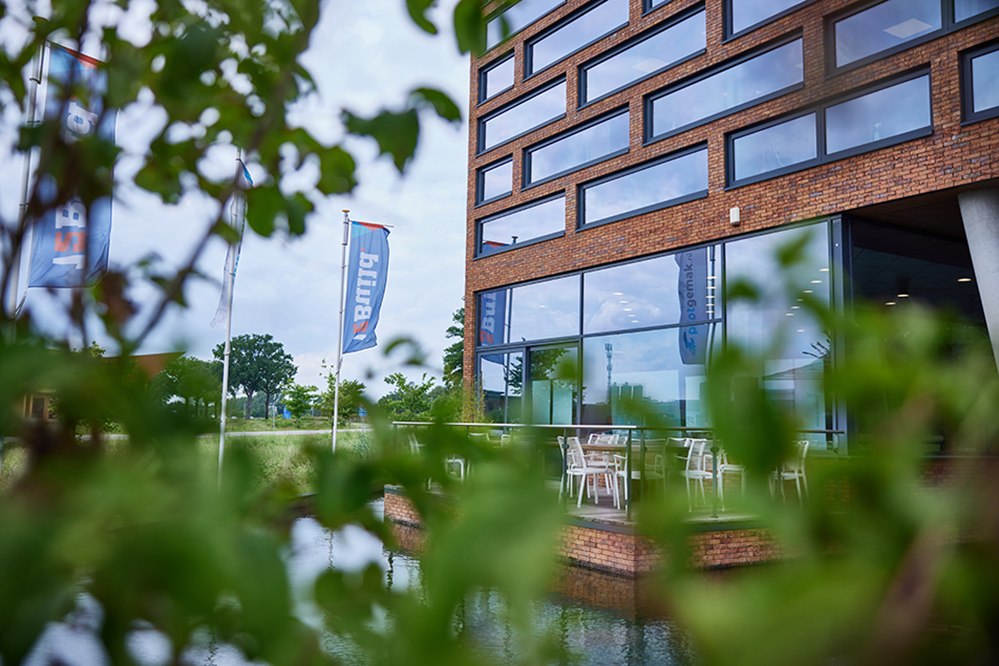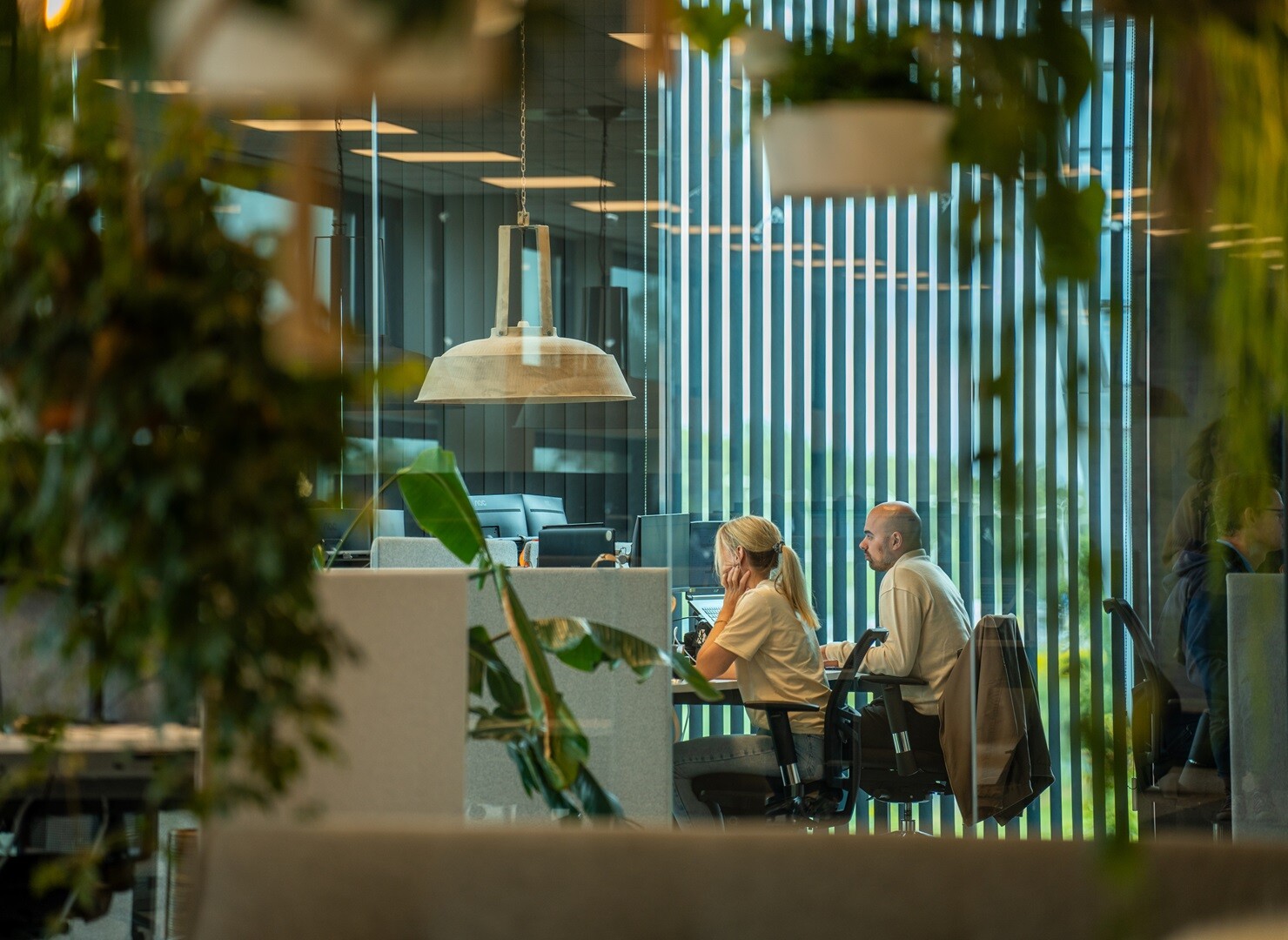But what does sustainability entail? It's a broad term. In essence, in a sustainable world, people, the environment, and the economy are in harmony. This way, we don't deplete the Earth, and future generations can also enjoy it.
The production of building materials requires a significant amount of raw materials and energy. Raw materials are becoming scarce. The construction sector stands out for its raw material consumption, accounting for 30% to 50% of available raw materials worldwide and generating approximately 40% of the waste ending up in OECD country landfills. The upside? There's substantial potential for sustainability gains.
Companies, governments, and individuals are increasingly embracing sustainability. Businesses, corporations, and factories are actively implementing various measures to reduce CO2 emissions. They achieve this, for instance, by tapping into alternative energy sources. By contributing to sustainability, your company gains a competitive edge in the market.
Several sustainability trends are emerging in the construction industry:
Circular Construction
Climate change and the shift to renewable energy are driving smarter and faster construction methods. The European Union emphasizes offsite construction methods, such as prefabricated and modular elements, to reduce construction waste by 10-15% and promote circularity. These elements can be disassembled and reused at the end of their useful life, contributing to more sustainable and efficient construction processes. But what exactly does this entail? In a circular world, the focus is on intelligent use of raw materials, products, and goods, making them infinitely reusable.
Electric Transportation
Demand for electric transport is growing rapidly, partly due to the introduction of emission-free zones in cities and the need for construction companies to meet their climate targets. This is of great importance as 53% of freight transport in Europe is by road, with construction-related transport contributing significantly to emissions.
As a result, Volvo Trucks has developed powerful electric trucks, such as long chassis models, that enable builders and construction suppliers to switch to more sustainable transportation. Conventional trucks, like long chassis with heavy-duty bodies such as dump trucks, concrete mixers, and cranes, are now available in electric versions.
Sustainable Construction Sites
Sustainable construction sites begin with the use of dragline mats—solid beams over which vehicles like excavators and crawlers operate. These beams, or dragline bulkheads, serve as the foundation for construction projects. They are typically made of hardwood, with Azobé and Greenheart hardwoods having the longest lifespan. These boards preserve the land's integrity and reduce logistical movements on the construction site.
Embracing sustainability
Sustainability is gaining increasing importance and rapidly expanding into the construction industry. It conserves raw materials and energy, bringing joy to our planet. Consumers are paying more attention to this aspect. Sustainable construction is not only more energy-efficient but also healthier for occupants and users. Are you ready to embrace this trend?
At 12Build, we believe in building together, smarter and more sustainable. Our platform helps construction companies save time and optimize processes, creating more room for sustainable choices. By collaborating efficiently and reducing administrative paperwork, general contractors and subcontractors can focus on projects that contribute to a better future.




